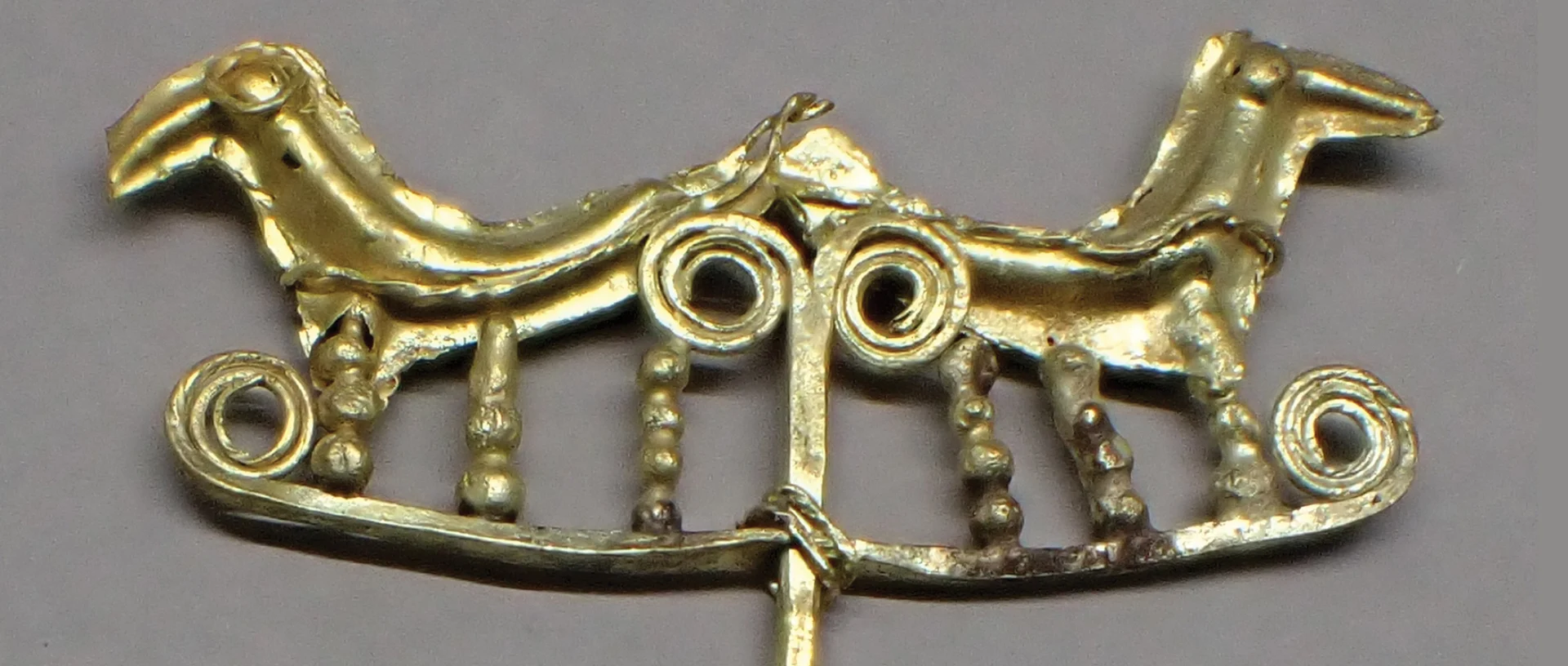The gold in objects from Troia, Poliochni on the island of Lemnos (ca. 60 km far from Troia) and Mesopotamian Ur has the same geographical origin and was traded over long distances. This is the conclusion reached by an international team of researchers who, with the help of an innovative mobile laser method, have for the first time analysed samples of famous Early Bronze Age jewellery from Troia and Poliochni. The researchers led by Ernst Pernicka from the University of Tübingen and the Curt-Engelhorn Centre for Archaeometry in Mannheim, as well as Barbara Horejs from the Austrian Archaeological Institute of the Academy of Sciences, have now reported this in the Journal of Archaeological Science.
Treasure of Priam examined for the first time with laser beams
Ever since Heinrich Schliemann found, among other things, the "Treasure of Priam" in Troia in 1873, the mystery of the origin of the gold has remained unsolved. Ernst Pernicka and the international team with the participation of the Austrian Academy of Sciences have now been able to prove that it came from so-called secondary deposits such as rivers and that its chemical composition is identical on the one hand to that of gold objects from the settlement of Poliochni and from the royal tombs in Mesopotamian Ur, and on the other hand also to that of objects from Georgia. "So there must have been trade relations between these distant regions," says Pernicka.
The investigation had become possible thanks to a newly developed portable laser that made it possible to take samples from pieces of jewellery in the National Archaeological Museum in Athens. The museum's necklaces, pendants, earrings and neck rings are so precious that they must not be transported to a laboratory or examined in a way that leaves visible damage to the objects. The methods available so far have failed because of at least one of these obstacles. The portable laser, on the other hand, melts only a small hole in the objects for on-site sampling in the museum being invisible to the naked eye. Afterwards, Pernicka and his team at the Curt-Engelhorn Centre for Archaeometry in Mannheim were able to examine the samples for their composition using mass spectrometry.
Chemical fingerprint of 4,500-year-old gold
Historical gold jewellery always contains other elements besides gold, such as silver, copper, tin, palladium and platinum. Depending on the alloy, scientists can create a clear chemical profile of the finds and draw conclusions from it. For example, the high concentrations of tin, palladium and platinum in the Troyan jewellery are a clear indication that the gold was washed out of a river in the form of gold dust. The researchers were also able to prove that workshops produced jewellery in series and not just as individual pieces. There is no other explanation, for example, for the identical proportion of platinum and palladium in the gold plates of necklaces of the same type that were found in different places.
The research team examined a total of 61 artefacts, all of which date back to the Early Bronze Age between 2,500 and 2,000 BC. This period also includes the famous "Treasure of Priam", which Schliemann had wrongly attributed to the mythical king of Troy from the Iliad.
Bronze Age trade relations from the Aegean to present-day Pakistan
The origin of the gold from the royal tombs of Ur had also been discussed among experts for decades. There are no natural gold deposits in Mesopotamia - which is why western Anatolia, where Troia was also located, has been suspected as a possible region of origin. "There are, however, completely different regions to consider, in which lively trade relations with Ur have been proven," says Pernicka.
In the Early Bronze Age, strikingly similar objects were used in a large geographical area from the Aegean to the Indus Valley in present-day Pakistan, as the archaeological comparative studies show: official seals and standardised weights, earrings with the same spiral patterns, gemstones such as lapis lazuli or the orange-white shimmering carnelian. "The new archaeometric data opens up a solid and global framework for our models of societies, their networks and the importance of resources around 4500 years ago," says Barbara Horejs from the Austrian Archaeological Institute in Vienna.
The researchers have not yet been able to clarify the exact origin of the Troia gold beyond doubt, says Pernicka: "If we look at the proportion of trace elements in the gold from Troia, Poliochni and Ur, Bronze Age gold from Georgia shows the greatest correspondence with the sites mentioned. However, we still need data and investigations from other regions and from other objects to confirm this assumption."




